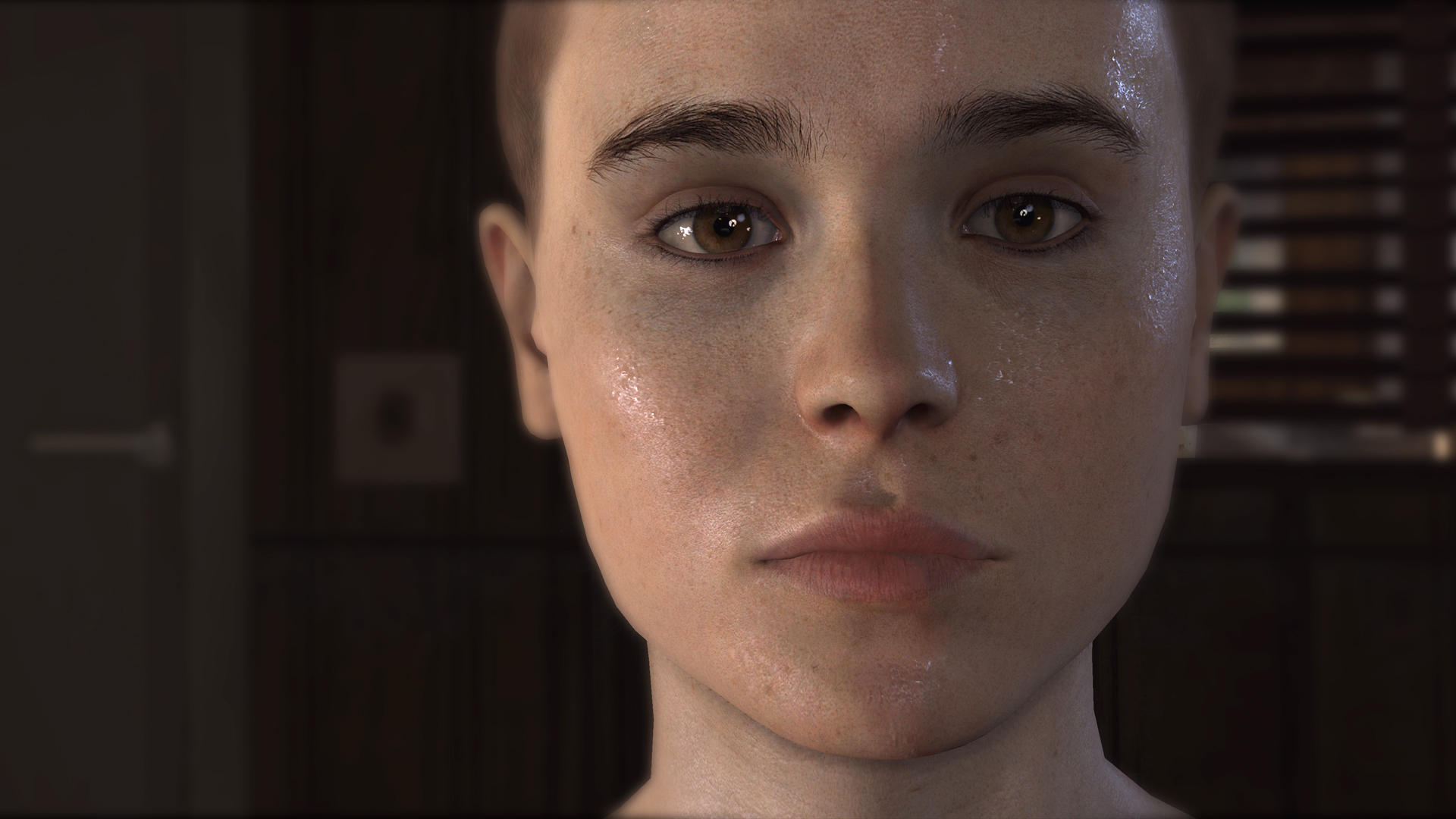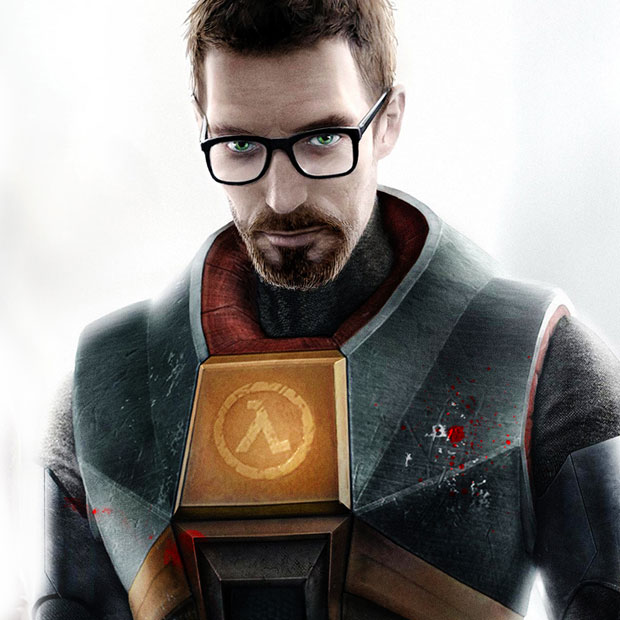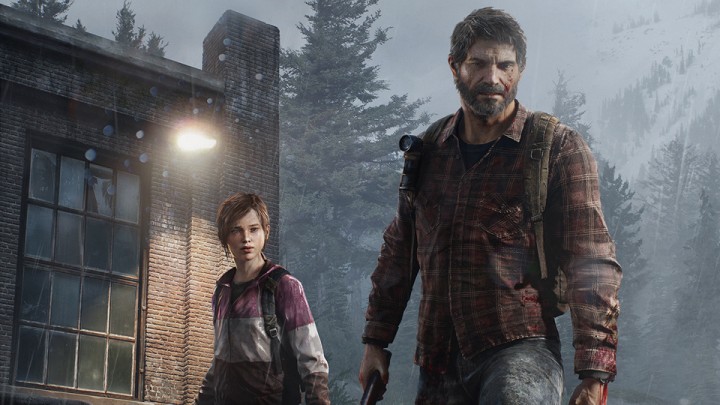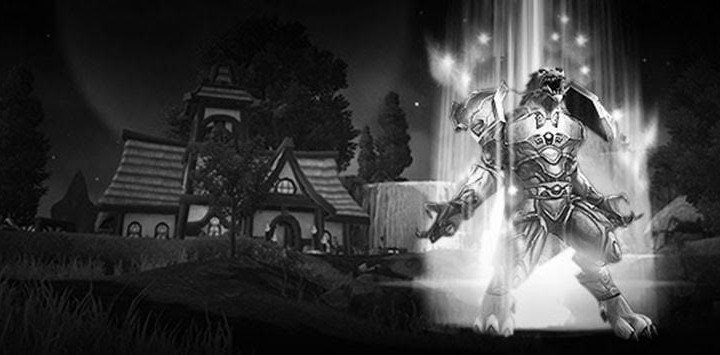Have you ever really cared for a character in a video game? There are those that pass us by unnoticed and then there are those we couldn’t detach from even if we tried. The gaming industry has now more than ever shown itself capable of creating bonds and meaningful relationships between us, the players, and the fictional characters we encounter. How do game developers pull this off? How do they make us care?
Researchers of the university of Middlsex mean to say that we are predetermined to care about these fictional characters. We see meaning and we see  emotion even in animate objects. Just blocks moving around a screen will cause us to create some sort of story. When we see something that appears to move with purpose then we start to impute emotions to it. We think that it is doing things for a reason, that it has got it’s own desires, goals and plans. This is what humans associate with agency.
emotion even in animate objects. Just blocks moving around a screen will cause us to create some sort of story. When we see something that appears to move with purpose then we start to impute emotions to it. We think that it is doing things for a reason, that it has got it’s own desires, goals and plans. This is what humans associate with agency.
As we detect what we think is agency in an external body or, in this case, an animate object, we think of it as something that is alive and real. This encourages us subconsciously allow ourselves to make an emotional connection. From an article written on empathy by Steven Novella we can learn more about the subject.
“People are capable of reacting toward non-living things as if they were people. Existing research suggests that our brains use an algorithm to decide if something is an ‘agent’ or not. This is not the same thing as being alive, but instead deals with whether or not an object is active as if it has volition and autonomy. This is interesting, and makes evolutionary sense. It apparently was more important for us to feel whether or not something in our environment was acting as an autonomous agent rather than whether or not is was alive. There were probably mostly the same thing.
But now we can create animated cartoons, dolls, and even robots that act as if they have agency even though they are not alive and the agency is just a simulation. To our brains it does not seem to matter – if something acts as if it has agency we treat it as if it does, and this extends to empathy.”
In this article the readers are encourage to take a look as this video of a big triangle, a small triangle, and a circle. As you watch it try to observe yourself. Note how you are likely to project emotions, personality, and agency to these two-dimensional shapes.
Now have a look at this clip from WALL-E. You might find that you easily feel as if this robot has a personality. You would most likely even feel deep empathy towards WALL-E if someone abused him. That is of course, unless you are a psychopath.
The interesting thing that we learn from Novella’s article is that if something moves in a “non-inertial” fashion then our brain assumes it has agency and this will heavily impact how we view the object. Visual information is divided into two streams according to Novella. One for agents and one for non-agents. “The visual stream processing information about objects acting as if they are agents links to the amygdala and other emotion processing centers in the brain, while information about non-agents does not”, Novella explains. This is why you smash a rock and feel nothing, but don’t you dare harm WALL-E!
Visual information is divided into two streams according to Novella. One for agents and one for non-agents. “The visual stream processing information about objects acting as if they are agents links to the amygdala and other emotion processing centers in the brain, while information about non-agents does not”, Novella explains. This is why you smash a rock and feel nothing, but don’t you dare harm WALL-E!
According to the work of Howard Sklar fiction-generated emotions and those that we experience in our everyday life are significantly different types of emotions but share important similarities. Most people can quite easily tell the difference between reality and fantasy. We know that characters in the games we play are fictitious. As obvious as this distinction may seem it is clear that the mechanisms in our brain that distinguish between reality and fiction is capable of letting very real emotions impact how we view these characters we encounter.
Sklar says that: “While it is true that the emotions that one might feel for fictional characters, in the immediate sense, must remain ‘unconsummated’, to use the expression of Robert Yanal (1999: 101-123), it seems unwarranted to consider  such emotions as necessarily ‘lesser’ in quality or intensity—as quasi-emotions—than emotions that we experience in our ordinary lives. To be sure, there are plenty of examples of situations where the fictional ‘equivalent’ to a real-life emotional experience clearly possesses a less meaningful or intense character. Parkinson and Manstead (1993: 295-96), for instance, point to the qualitative difference between the response to the news that one’s actual relative has a terminal illness and the report of a fictional character contracting the same illness.”
such emotions as necessarily ‘lesser’ in quality or intensity—as quasi-emotions—than emotions that we experience in our ordinary lives. To be sure, there are plenty of examples of situations where the fictional ‘equivalent’ to a real-life emotional experience clearly possesses a less meaningful or intense character. Parkinson and Manstead (1993: 295-96), for instance, point to the qualitative difference between the response to the news that one’s actual relative has a terminal illness and the report of a fictional character contracting the same illness.”
This is an interesting notion. Let’s look at it from a different angle. Historic figures and celebrities are individuals that we might feel we know things about even though we have never met them personally. It is very common for individuals to have very strong emotional responses to public personas they have never met. The tears shed over the death of Princess Diana is a very good example.
Diana’s death was met with extraordinary public expressions of grief. More than one million bouquets were left at her London home, Kensington Palace. At her family’s estate of Althorp the public was asked to stop bringing flowers as the volume of people and flowers in the surrounding roads was said to be causing a threat to public safety. Apparently Fabio Piras, a Sardinian tourist, was given a one-week prison sentence on 10 September for having taken a teddy bear from the pile. When the sentence was later reduced to a £100 fine, Piras was punched in the face by a member of the public when he left the court. Over one million people lined the four-mile (6 km) route from Kensington Palace to Westminster Abbey at the day of the funeral. Now, if this wasn’t enough, during the four weeks following Diana’s funeral, the suicide rate in England and Wales rose by 17% and cases of deliberate self-harm by 44.3% compared with the average for that period in the four previous years.
A person like this whom we don’t know personally but have read about and watched from a distance is in many ways treated by our brain the same way it treats a fictional character. We don’t know the character personally but we know about them the way we might know a character we are reading about in a book or playing in a game. Yet Diana caused a very real emotional stir in millions of people. The fact that the individuals had not met her in real life didn’t stop them from developing an emotional connection.
In Paradoxes of Emotion and Fiction (1999) by Yanal the close proximity between real-life and fiction-generated emotions are explored suggesting that our sentimental response to fictional characters are as real as any other. Yanal means to say that in relation to these fictionalised characters we have “real pity that must be kept to oneself, real anger that is forever ineffectual, real love that is never to be returned”.
Can you relate to this phenomenon? What video game characters has meant the most to you? Tell us your thoughts in the comments below!







